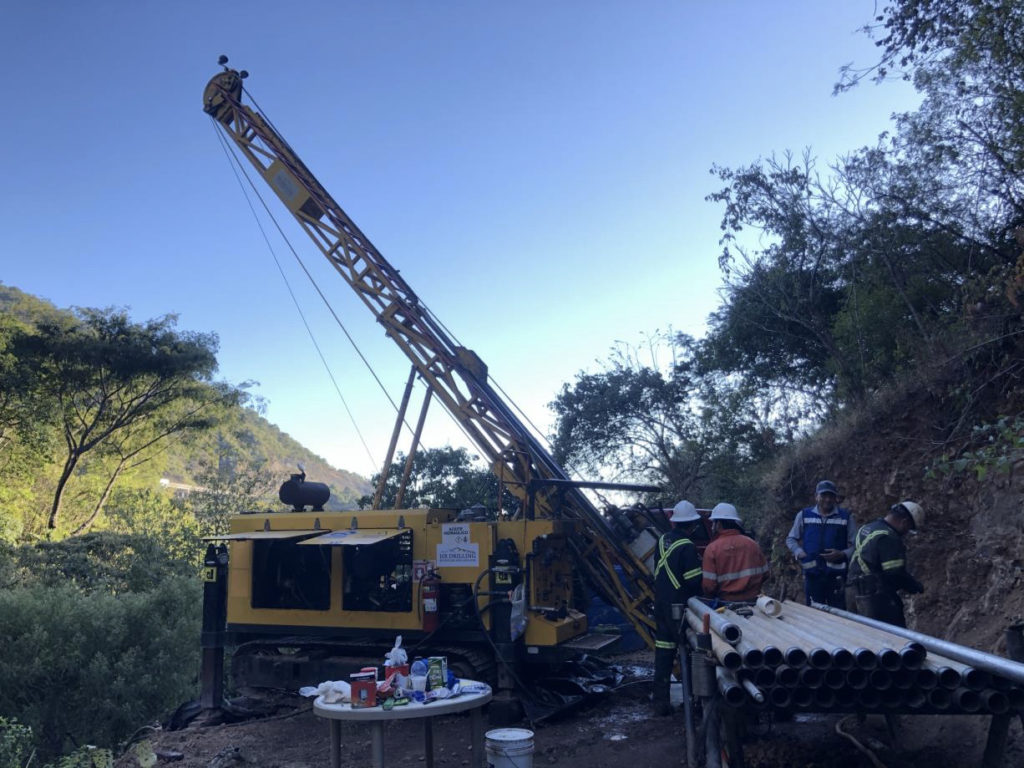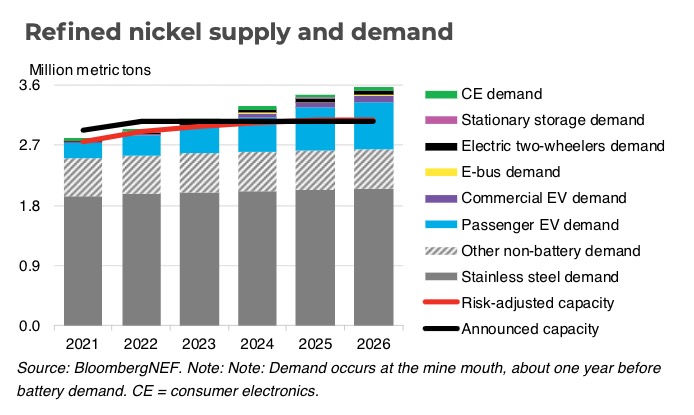Compost helps extract REEs from e-waste


According to Sheikhi, the challenge with the technique he and his colleagues are proposing lies in efficiently separating the metals from refuse.
“Using the organic materials as a platform, we created highly functional micro- and nanoparticles that can attach to metals like neodymium and separate them from the fluid that surrounds them,” Sheikhi said. “Via electrostatic interactions, the negatively-charged micro- and nano-scale materials bind to positively-charged neodymium ions, separating them.”
To prepare the experiment, the researcher and his team ground up tomato peel and corncob and cut wood pulp and cotton paper into small, thin pieces and soaked them in water. Then, they chemically reacted these materials in a controlled fashion to disintegrate them into three distinct fractions of functional materials: microproducts, nanoparticles and solubilized biopolymers. Adding the microproducts or nanoparticles to neodymium solutions triggered the separation process, resulting in the capture of neodymium samples.
The scientists published their findings in the Chemical Engineering Journal, where they explain that this time around, they improved upon the separation process demonstrated in previous work and extracted larger sample sizes of neodymium from less concentrated solutions.
The goal now is to extend this separation mechanism into real-world scenarios and partner with interested industries to further test the process.
“We also hope to tune the selectivity of the materials toward other rare earth elements and precious metals, like gold and silver, to be able to separate those from waste products as well,” Sheikhi said.
This post has been syndicated from a third-party source. View the original article here.




